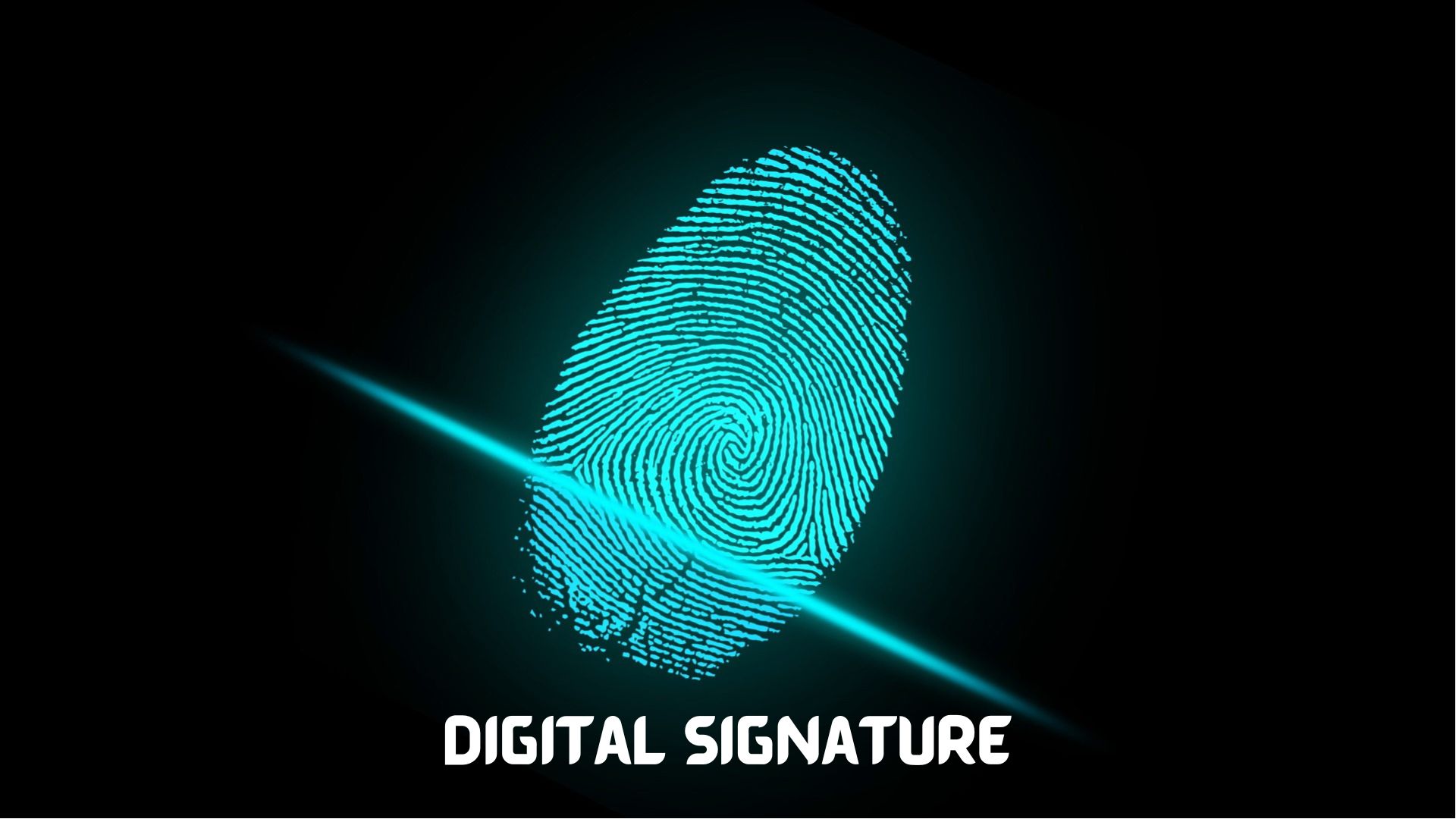A digital signature is a special code which helps to ensure a digital document or message is real and has not been changed by anyone. It is like a virtual seal which reveals who sent the document and makes sure it has not been messed with. People use digital signatures a lot in online paperwork and messages to make sure everything is safe and trustworthy.
What is Digital Signature?
A digital signature is like a special electronic stamp that helps ensure the safety and authenticity of digital messages, like emails, credit card transactions, or digital documents. It uses fancy maths to check if the message hasn’t been tampered with and that it really comes from the person or organisation it claims to be from.
Digital signatures create a unique virtual mark tied to a person or group. They help confirm who’s sending the message and make sure the information inside it hasn’t been messed with. So, they’re like a lock and key for digital communication, keeping your data safe and sound.
Key Terminologies Related to Digital Signature
To enhance comprehension of how digital signatures operate, let’s acquaint ourselves with the following terminology.
-
Hash Function
A hash function, also known as a “hash,” is a fixed-length string of alphanumeric characters produced through a mathematical algorithm applied to data of arbitrary size, such as emails, documents, images, or other types of information.
This resulting string is unique to the specific file being hashed and is a one-way function, meaning it cannot be reversed to identify other files that might yield the same hash value. Some commonly used hashing algorithms today include Secure Hash Algorithm-1 (SHA-1), the Secure Hashing Algorithm-2 family (SHA-2 and SHA-256), and Message Digest 5 (MD5).
-
Public Key Cryptography
Public key cryptography, also known as asymmetric encryption, employs a key pair system consisting of a public key for encrypting data and a private key for decrypting it. This cryptographic method serves various purposes, including ensuring confidentiality, integrity, and authenticity.
Public key cryptography provides three key functions: First, it ensures message integrity by generating a digital signature using the sender’s private key, which involves hashing the message and encrypting the hash with the private key to detect any tampering. Second, it guarantees message confidentiality by encrypting the entire message with the recipient’s public key, ensuring only the recipient with the matching private key can decipher it. Lastly, it enables user identity verification by employing the public key and cross-referencing it with a trusted certificate authority.
-
Public Key Infrastructure
Public Key Infrastructure (PKI) encompasses the set of policies, standards, individuals, and systems that facilitate the dissemination of public keys and the verification of the identities of individuals or entities through digital certificates, all under the auspices of a Certificate Authority (CA).
-
Certificate Authority
A Certificate Authority (CA) serves as a trusted third party responsible for validating an individual’s identity. It either generates a public/private key pair on behalf of the person or associates their existing public key with their identity.
Once an individual’s identity is verified by the CA, a digital certificate is issued, bearing the digital signature of the CA. This digital certificate can then be used to authenticate an individual or entity associated with a particular public key upon request.
-
Digital Certification
Digital certificates function akin to driver’s licenses, primarily serving as a means to establish the holder’s identity. With an advance license, they can enhance the credibility and authenticity of the holder’s identity.
These certificates contain the public key of the individual or organisation and are securely endorsed with the digital signature of the CA. Additionally, digital certificates can incorporate supplementary information pertaining to the organisation, the individual, and the CA itself.
-
Pretty Good Privacy
PGP/OpenPGP offers an alternative approach to PKI (Public Key Infrastructure). In PGP/OpenPGP, users establish trust in others by signing certificates of individuals with confirmed identities. The greater the interconnection of these signatures, the greater the chance of authenticating a specific user on the internet.
How do Digital Signatures Work?
Digital signatures are like virtual locks for messages or documents. They ensure that whatever you receive hasn’t been messed with since it was sealed.
When someone wants to send you a message or a document, they first make a special code that’s unique to that stuff. Then, they lock it up using their secret key or advance license. This secret key is like their personal key to lock things.
They send you this locked message or document. When you get it, you play detective. You create your own special code for that message or document. Then, you use the sender’s public key to unlock the code that they sent with the message.
When you compare the code you made with the unlocked code they sent. If these two codes match, it’s like a green signal for authentic, accurate and trustworthy information. That means the message or document is safe and really came from the person who sent it.
Therefore, digital signatures are like a high-tech way of making sure your online messages and files haven’t been messed with by anyone shady.
Conclusion
Digital signatures are a very significant component of modern electronic documentation which provides a secure and efficient means of verifying the authenticity and integrity of digital documents. By applying cryptographic techniques to create unique digital fingerprints and associating them with a specific user or entity, digital signatures ensure that electronic documents remain tamper-proof and can be trusted in various online transactions.
They play an inevitable role in enhancing data security, confidentiality, and the overall reliability of digital communications, making them an unavoidable tool in our increasingly digital world.










